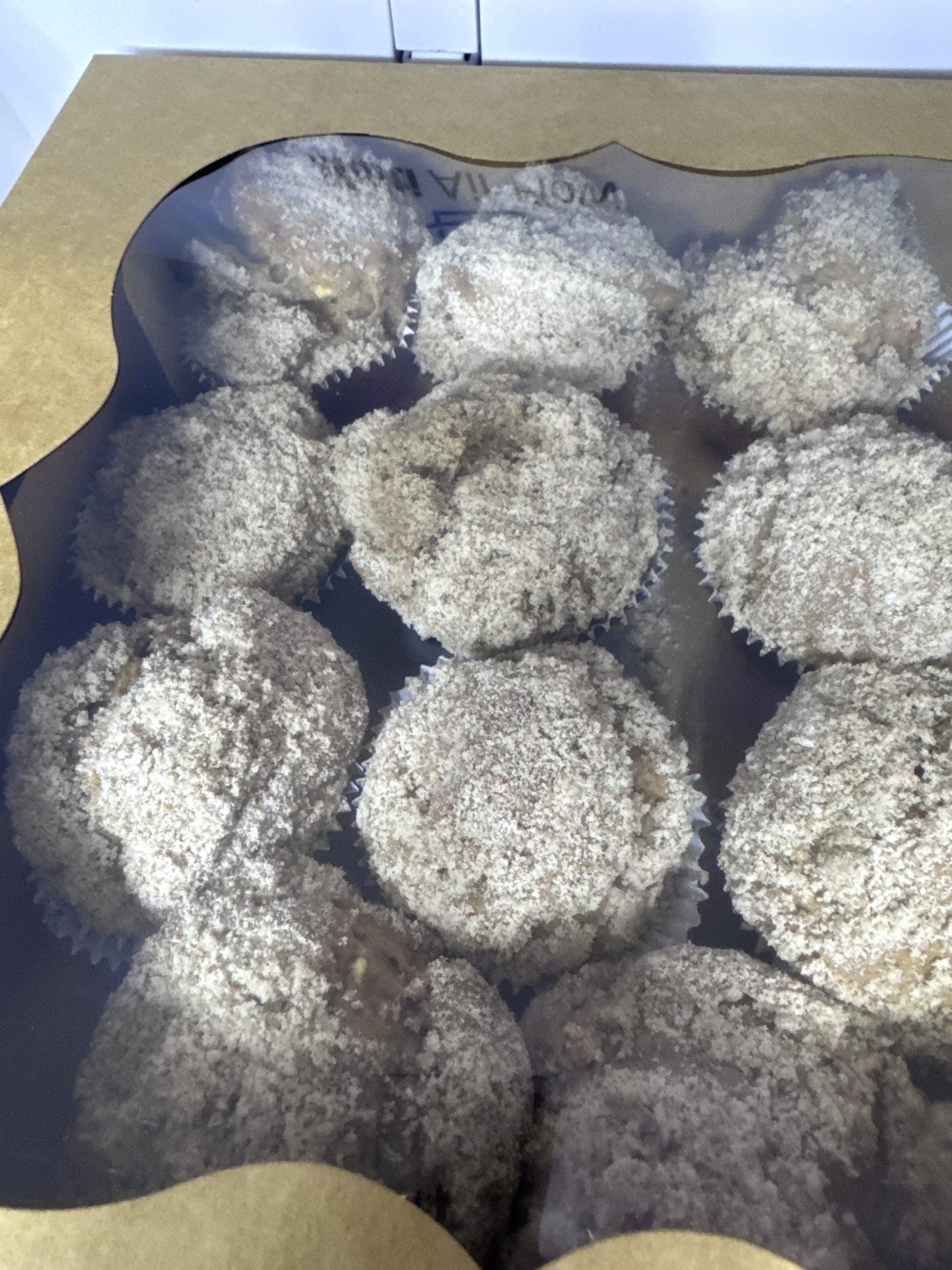In a large skillet or frying pan over medium-high heat, melt the butter. Add the chopped apples, light brown sugar, lemon juice and cinnamon, and stir to combine.
Cover with a lid and cook covered over medium-high heat for about 4 minutes or until the apples are tender (so that a fork easily passes through them).
Uncover the pan and cook uncovered for about 30-60 seconds, until some of the moisture has evaporated but there is still a fair amount of juice on the bottom of the pan.
Remove the apples from the heat. In a small bowl, mix together the cornstarch (US)/cornflour (UK) and water to create a cornstarch slurry.
Add the cornstarch slurry to the apples and stir well to combine. Return to the heat and cook for about 30-60 seconds more, with constant stirring, until the apple juices have thickened.
Pour the apples into a bowl or deep plate, and set aside to cool. They need to be cooled completely to room temperature before you add them to the scone dough.
Once cooled completely, spoon out the apple chunks into a separate bowl, making sure that you transfer over as little of the apple juices as possible. Ideally, you should be left with about 2 tablespoons of the thickened apple juices – set them aside for later, you'll add them to the icing.
